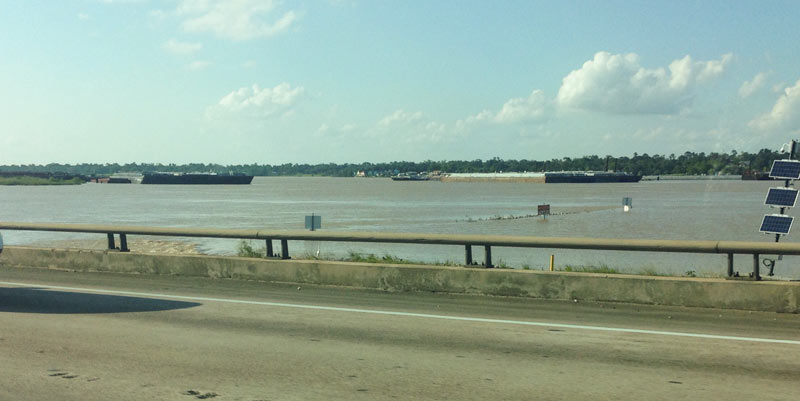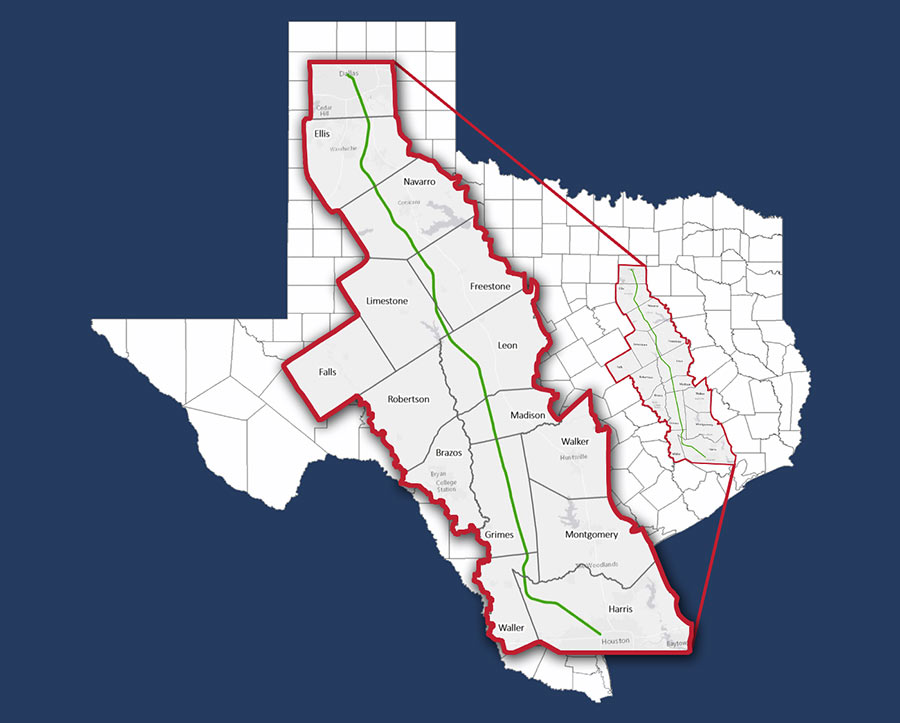
Weather permitting, an area along the edge of the San Jacinto Waste Pits Superfund site under the I-10 East bridge should be getting around 800 cubic feet of new rocks piled onto it this week and next, according to this month’s EPA update on the project. The agency asked International Paper and McGinnis (which might be on the hook financially for much of the final cleanup) to cover up some recently-discovered areas of the nearby riverbed that were scoured as deep as 8 feet in some places by this spring‘s torrential flooding; the tarp-with-rocks-on-it armored cap itself doesn’t appear to have been damaged, but the EPA says the extra rocks will help ensure its continued protectiveness.
***
The EPA is also still holding the line open for public comments on its proposed plan to take most of the waste out of the river, which it concluded was necessary to prevent possible catastrophic release of the dioxin-laced material later down the line. The original deadline for submitting them — yesterday — has been moved back to January 12th, apparently at the request of a couple of groups still combing through the related technical documents. Per the timeline presented by the agency last month, there will still be a few years of financial negotiations and engineering work before the plan would actually move forward, if approved.
- November 2016 Update [EPA]
- Proposed Plan For Site Remediation – October 20, 2016 [EPA]
- Previously on Swamplot: EPA Suggests Taking Those Giant Piles of Toxic Waste Out from Under the I-10 San Jacinto Bridge;Â San Jacinto Toxic Waste Studies Delayed by San Jacinto Flooding;Â Group Forms To Clean Up The Upper San Jacinto Before It Gets as Bad as Brays, Buffalo, Sims Bayous; How To Prepare San Jac River Stew
Image of San Jacinto River from I-10: Swamplot inbox





Perfect. Brilliant plan. If there’s one thing we know water can’t move, it’s rocks.
More inept government ideas. Rocks/tarp. No action to at least next year. There’ll be a flood and then the toxic dioxin WILL be released down river.
If they wait a little longer there won’t be any toxins there…they will have moved to the bay and the gulf. Cheap solution to a very complex problem. Enjoy your shrimp and oysters people.
Another case of using units to falsely skew the scope. While 800 cubic feet sounds like a lot when you report it in cubic feet, it is actually about 2 dumptruck loads.